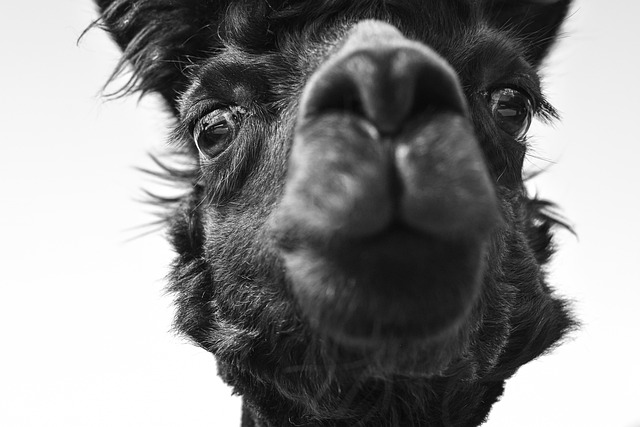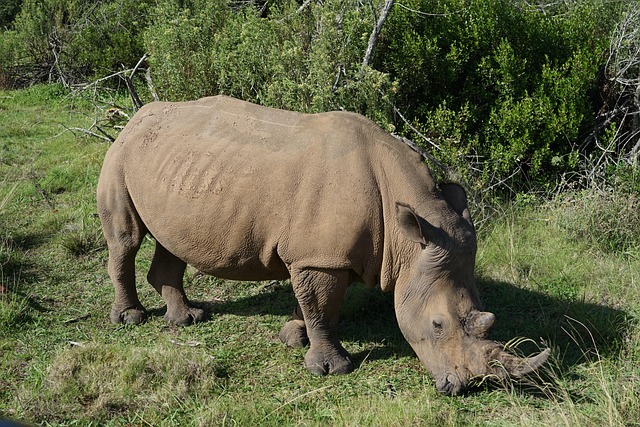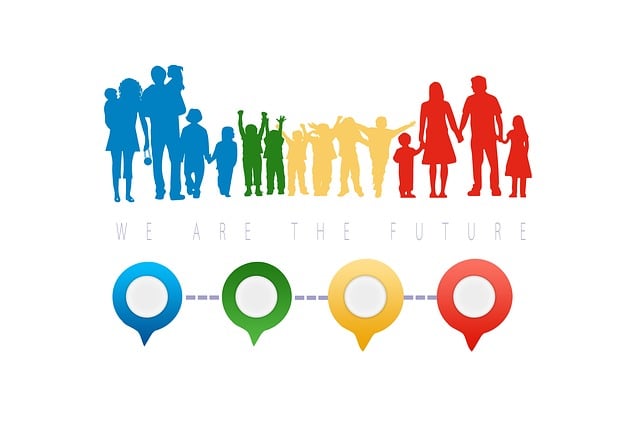Marion County, Indiana, stands out for its comprehensive and holistic Marion County child advocacy initiatives that prioritize child welfare. Through collaboration between agencies, professionals, and community leaders, the county offers specialized services ranging from medical care to legal aid. This coordinated approach ensures each child and family receives tailored support, with a focus on both immediate protection and long-term empowerment. The protective services team provides emergency interventions and develops comprehensive plans for healing and growth, aiming for reunification or suitable permanent placements. Community engagement strategies, including partnerships with local organizations and awareness campaigns, have led to a significant reduction in child abuse cases, showcasing the power of united community action in Marion County child advocacy.
“In every community, ensuring the well-being of its youngest members is a paramount concern. This article provides comprehensive guidance on child welfare and protective services, with a specific focus on Marion County child advocacy. We explore essential aspects such as understanding the local advocacy framework, delineating critical case roles, and implementing effective community engagement strategies. By delving into these areas, we aim to strengthen protective services and foster a safer environment for Marion County’s children.”
- Understanding Marion County Child Advocacy: A Foundation for Protection
- Roles and Responsibilities of Protective Services in Critical Cases
- Strategies for Effective Community Engagement and Support
Understanding Marion County Child Advocacy: A Foundation for Protection

In the heart of Indiana lies Marion County, a community dedicated to safeguarding its youngest members through robust Marion County child advocacy initiatives. These efforts serve as a cornerstone for comprehensive child protection services, ensuring that every child receives the care and support they need to thrive. Marion County’s approach to child advocacy is holistic, involving collaboration between various agencies, professionals, and community leaders.
The county has established dedicated centers and programs tailored to address specific needs, from medical examinations and therapy to legal aid and social services. This coordinated response allows for a more effective and efficient system, where every interaction with a child or family is guided by a deep understanding of their unique circumstances. By fostering an environment of trust and support, Marion County child advocacy aims to not only protect but also empower children and families, laying the groundwork for a brighter future.
Roles and Responsibilities of Protective Services in Critical Cases

In critical cases involving child welfare, protective services in Marion County play a pivotal role in ensuring the safety and well-being of vulnerable children. These services are tasked with promptly identifying and assessing situations where children face immediate risks, such as abuse, neglect, or exploitation. The team comprises specialized professionals like social workers, counselors, and law enforcement officers who collaborate to provide emergency interventions and long-term support.
The responsibilities extend beyond initial response. Protective services in Marion County work tirelessly to develop comprehensive plans for the child’s protection and permanency. This involves collaborating with families, community resources, and legal entities to create safe environments while also addressing the underlying causes of the crisis. The ultimate goal is to promote the child’s healing and growth, aiming for either reunification with a supportive family or alternative permanent placements that cater to their unique needs.
Strategies for Effective Community Engagement and Support

In Marion County, child advocacy groups are revolutionizing protective services through robust community engagement strategies. By fostering partnerships with local organizations, schools, and faith-based institutions, these initiatives ensure a holistic approach to child welfare. This collaborative effort enables a network of support, where resources are shared, and potential risks can be identified early on. For instance, Marion County child advocacy programs organize regular workshops and awareness campaigns, empowering parents and caregivers with essential knowledge about childhood development and safety.
Community engagement goes beyond informational sharing; it involves active participation in the daily lives of at-risk children. Support groups, mentorship programs, and volunteer initiatives provide a sense of belonging and security. These strategies not only strengthen the support system but also encourage community members to take ownership of child welfare. Marion County’s commitment to community engagement is evident in its successful reduction of child abuse cases, demonstrating that a united front can create a safer and more nurturing environment for all children.






